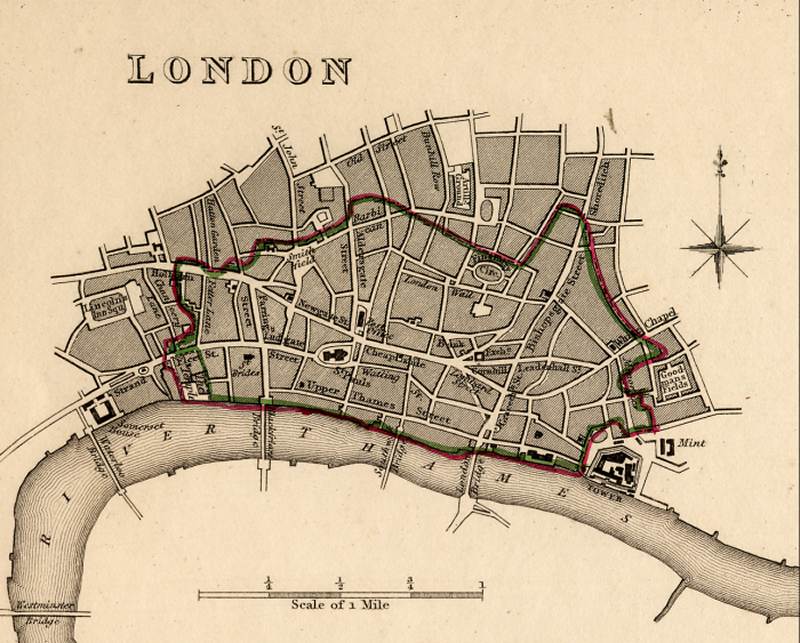|
|
|
|
|
|
|
 See my page on Facebook |
The City of London is also known as "The
Square Mile" and is as its nickname implies approximately one square
mile in area (about 2.5 square kilometres). Originally enclosed by a
city wall, it is now the financial district of modern London, but
retains many of its historic privileges such as its own Lord Mayor and
separate police force. In 1832, seven Parliamentary boroughs
were created in addition to the City of London - Finsbury, Greenwich,
Lambeth, Marylebone, Southwark, Tower Hamlets and Westminster. These
remained in place until the County of London was formed in 1900, which
consisted 28 London boroughs , 12 of which were designated as 'Inner'
London boroughs and the remaining 18 as 'Outer' London. The County of
London existed until
1965, when it became Greater London, along with most of Middlesex. Greater London itself was abolished as an
administrative area in 1986 when its functions were given to the 32
London boroughs, although the term 'Greater London' is still used to
describe the boroughs collectively. Th
number of London boroughs expanded as parts of the Home Counties were
absorbed into the greater metropolitan area and become part of London.
Most of this reorganisation has taken place since the 1960s, so it has
not affected the location of historic records dating from the 19th
century and earlier which remain in the relevant county record offices. Records of
both the City and County of London are held at the London
Archives (previously known as the London
Metropolitan Archives) in the City of London,
with some
records also held by local London borough archives. The map below shows the City of London in about 1830. Click on the map for a larger version.
|
|
|
The map below shows the County of London in 1900 and its divisions into the various boroughs. Click on the map for a larger version.
|
|
|
Copyright © Family History Research |



